
Kelly Rose
Editor

Kelly Rose
Editor
More than 2000 serious injuries to people falling from vehicles are reported to the HSE each year. Many of these injuries are broken bones or head injuries resulting in weeks off work and subsequent operational issues for employers. The most serious of these injuries are often caused by falls from the top or back of road tankers and ISO tank trucks, explains IFC Inflow.
Every day thousands of tanker top operations are carried out in the UK with activities including bulk loading and unloading of products, product sampling, tanker cleaning and servicing, in industries ranging from food, bulk powders, fuel and petro-chemical. The common theme with all of these activities and industries is the operator’s requirement to work at height, and it is vital to ensure operators are covered by best working practices. This procedure is tightly governed by the Health and Safety Executive’s Work at Height regulations 2005.
Tanker fall prevention equipment is designed specifically for top and bottom loading environments and often to meet specific requirements. This type of equipment is used worldwide to ensure the physical safety of operatives whose activities include working on the top of tankers.
When considering how to protect operators who work on top of tankers the first question a specifier or an engineer is faced with is should we provide fall prevention or fall protection equipment? To the uninitiated these may seem like one and the same thing, but there are some marked differences between the two, although there is some confusion over what the differences are as both are used to when talking about working at height.
Fall prevention vs fall protection; options and solutions
The difference between fall prevention and fall protection as defined by the Health & Safety Executive in the work at height regulations 2005 is:-
Fall protection – is work equipment which minimizes the height and consequences of a fall. Simply put it is the means of trying to catch someone if they fall and trying to protect them from any injury which may result from such a fall. Equipment such as harnesses, lanyards, protective clothing and even nets and crash mats are used for this type of protection.
Fall prevention – is defined as work equipment which prevents a fall, with the most desirable method being collective equipment such as loading and unloading gantries with guard rails, tanker access stairs, large tanker safety cages and multi-level platforms.
In terms of which is the most preferable approach for tanker operations, the old saying ‘prevention is better than cure’ might spring to mind and the relevant equipment is available to ensure the highest standards of safety when working on and loading tankers.
A hierarchy of control exists for all work at height operations including tanker truck loading. All options should be considered when implementing a fully integrated tanker loading and fall prevention solution for site operations that currently include working on top of trucks and tankers. The hierarchy, with the most favourable option first is:
Eliminate the need to access the tops of tankers - move to a bottom loading / unloading operations with the use of articulated bottom loading arms or hoses.
Implement purpose built gantries - provide loading and unloading gantries built to suit the layout of the loading plant including guardrails and safe methods to access, work on and exit the top of tankers
Utilse tanker safety features - such as ladders, walkways and hand rails installed on the tanker
Use mobile access solutions – lightweight, mobile ladder systems with hand rails and safety cages
Operate using fall arrest/fall protection systems - for when, despite an integrated fall prevention system, accidents might occur. This is widely considered as the least desirable option within the Work at Height Regulations.
Globally, more companies involved in tanker operations are deciding to invest in a fully integrated fall prevention system. A set up can be designed and implemented comprising a loading gantry with secure safety cages to meet the plant’s tanker requirements. A bespoke design can help the plant access and work on tankers safely and efficiently so combining safe practices with cost-effective operations.
Options exist to enable flexibility for plants having to load and unload tankers of various shapes and sizes.
Fall prevention equipment available on the market today
Multi-level Platforms – These variable height platforms are designed to offer a full working area from which the operator can access the top of the tanker through a series of removable floor panels, thus eliminating the need to stand on the tanker at all. An excellent option if you cannot guarantee the configuration, shape or size of the tankers.
Safety cages – The traditional way to ensure operator safety whilst working on top of a tanker. These fall prevention cages enclose the operator in a boxed handrail ‘pulpit’ style cage and come in various sizes from 1.4m square up to total tanker systems enclosing the full tanker. This option also eliminates any need for fall protection systems or reliance on tankers with the correct railings, etc.
Folding stairs - available in various guises to suit requirements. They can be supplied as part of a new loading gantry installation, or separately to bolt onto an existing set up; they fold for easy movement. They are self levelling and are an ideal replacement for the older style drop platform which, due to their slope are less safe, especially in wet & icy conditions.
Powered stairs - moving heavier stairs can be both awkward and could be a possible cause of injury stemming from the manual moving of heavy equipment. RSI (Repetitive Strain Injury) can be a particular hazard when stairs are moved on a regular basis, so new stairs can be supplied with a pneumatic power assistance pack to be raised and lowered easily.
It’s possible to add the power pack retrospectively to existing stairs so making for a cost-effective and efficient upgrade. A push-down feature can be specified to ensure the stairs stay in contact with the tanker when it lowers under the weight of the chemical product it’s being filled with.
Tanker mobile access - environments where fixed gantries aren’t practical, or lower activity sites where investing in full access gantry facilities wouldn’t be cost effective, would use a mobile access system. These comprise of a ladder that can be easily moved around the site to provide a safe method of accessing the top of a tanker.
Mobile ladders are both lightweight for easy positioning and structurally strong so they offer a firm and safe platform to access a tanker and an integral safety cage. A quick and easy to operate mechanism to lock it into place when in operation.
Along with the fall prevention systems, various other equipment is available to ensure safe and efficient loading:
Tanker Grounding – Used to remove the risk of a static charge build up and discharge, which can be created when bulk loading liquids and powders.
Overfill and spillage protection – Prevent the tank overfilling and liquid spillage with a range of high level sensors and dry break couplings.
Traffic and loading process control – Ensures truck positioning and provides a controlled method to safely accessing and perform tanker operations. Equipment in this area includes traffic barriers and key interlocks.
Conclusion
It’s possible for any company whose operations include the need to access, work on, load or unload tankers to benefit from a full, bespoke loading and fall prevention system designed to suit their particular operations. Alternatively, present facilities can be enhanced with the addition of certain equipment; such as, folding stairs to replace the older and less safe sloping platforms and upgrading to larger collective safety cages to replace the older smaller individual ones.
Investing in newer, lighter and powered folding stairs make tanker access safer and quicker as does investing in lightweight yet durable mobile stairs that can be quickly and safely moved and locked into position for when loading gantries aren’t used.
Switching from a top to bottom loading arrangement will mean tankers are loaded safer and quicker as it’s far easier to access tankers at ground level than to work at height.
In terms of fall prevention and protection, making it as safe as possible to access and safely work on the top of tankers is the priority, and the main consideration should be given to prevention including collective work equipment such as variable height platforms and large safety cages. There is a general acceptance that the increased initial investment in fixed equipment would be more than offset by vastly improved long term site and operator safety.
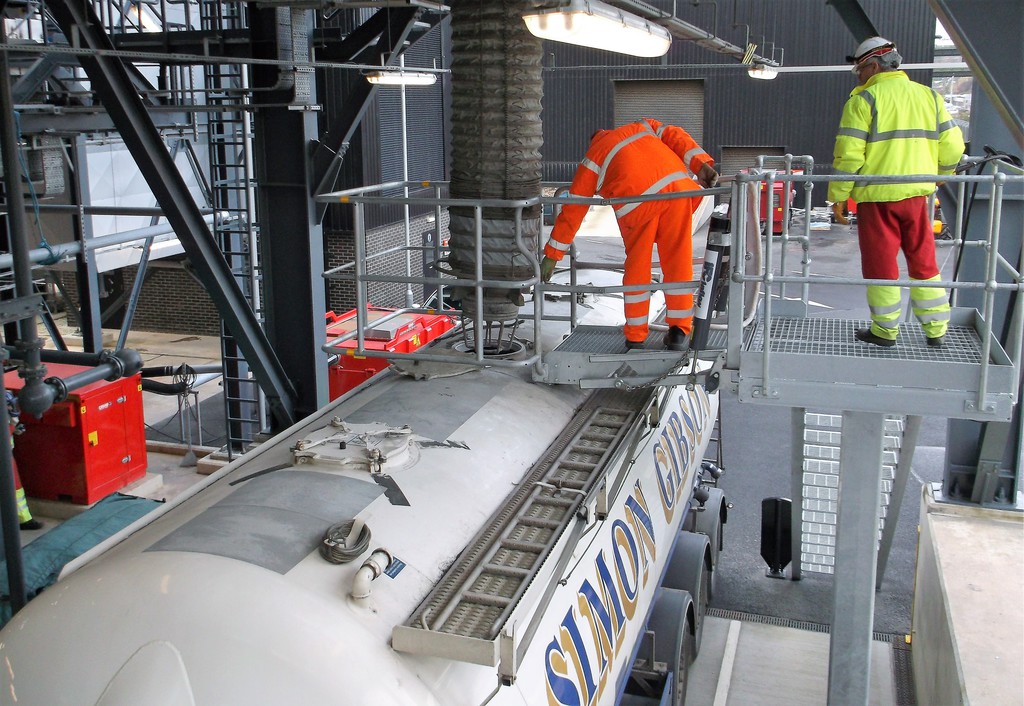
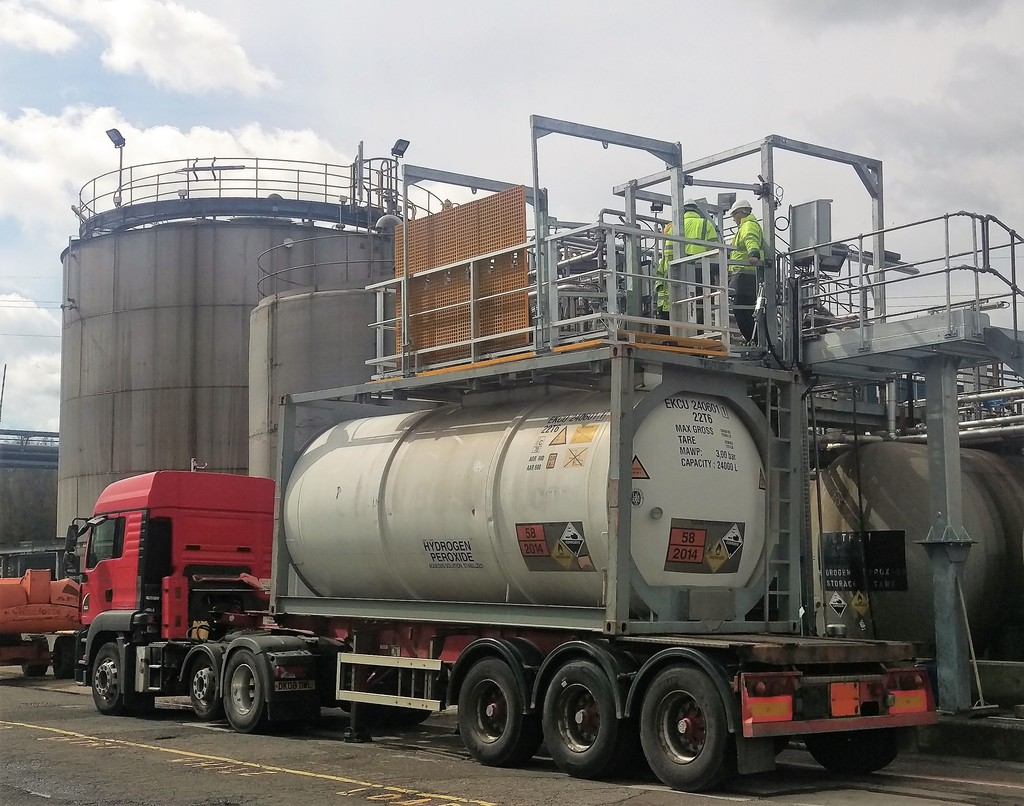
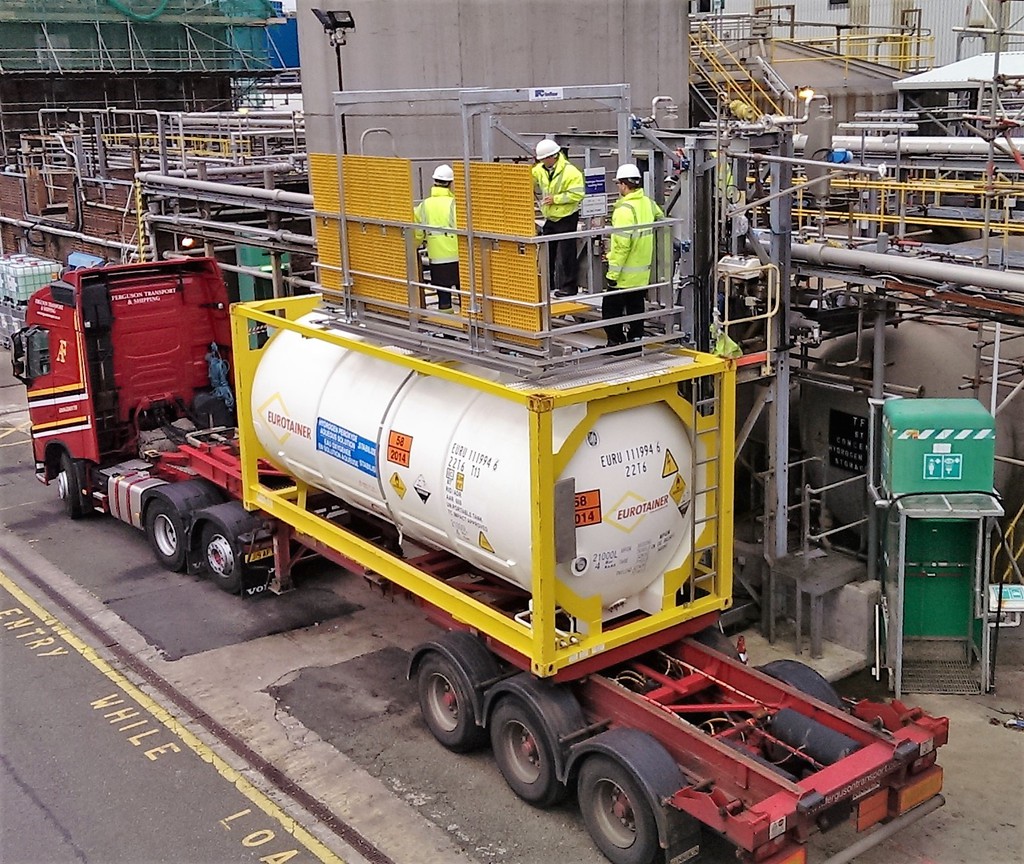
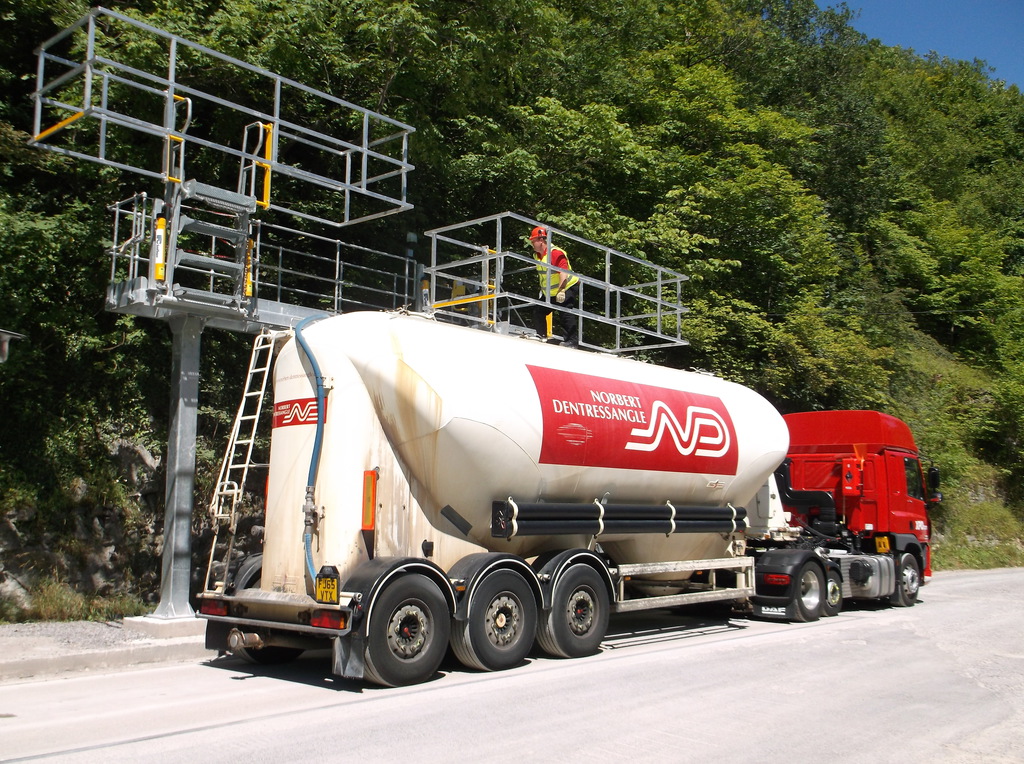
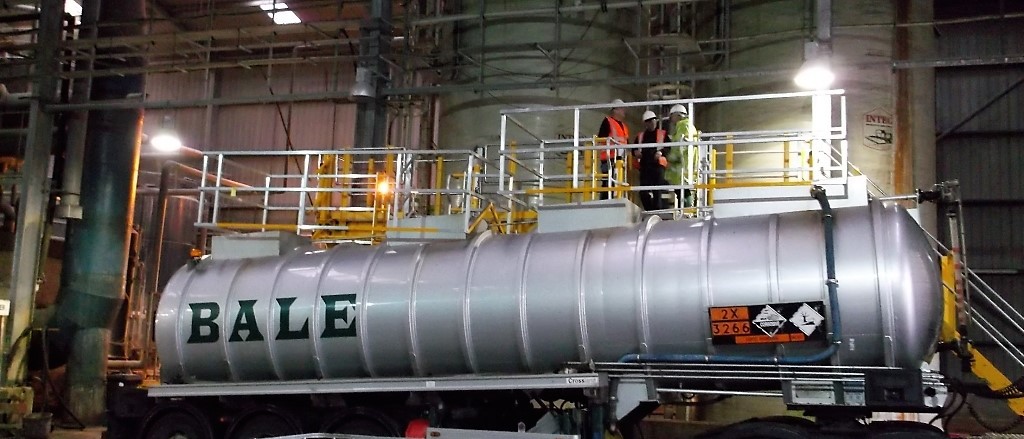
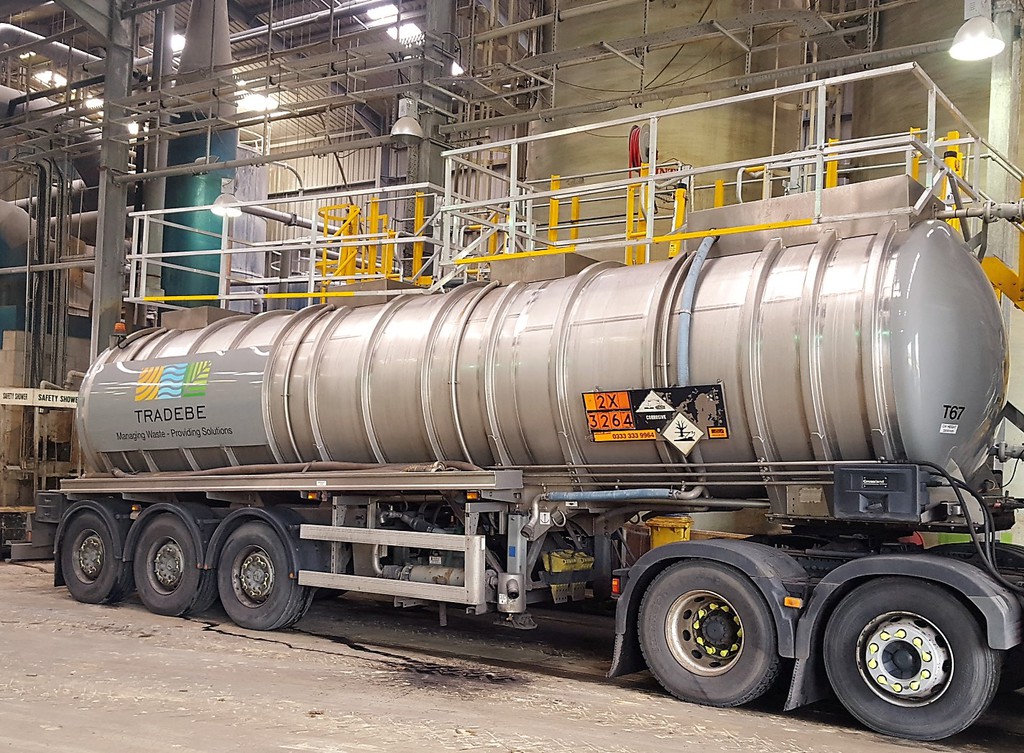
Unit 3
Ryder Way
Basildon
SS13 1QH
UNITED KINGDOM
01268 596 900